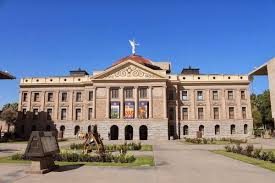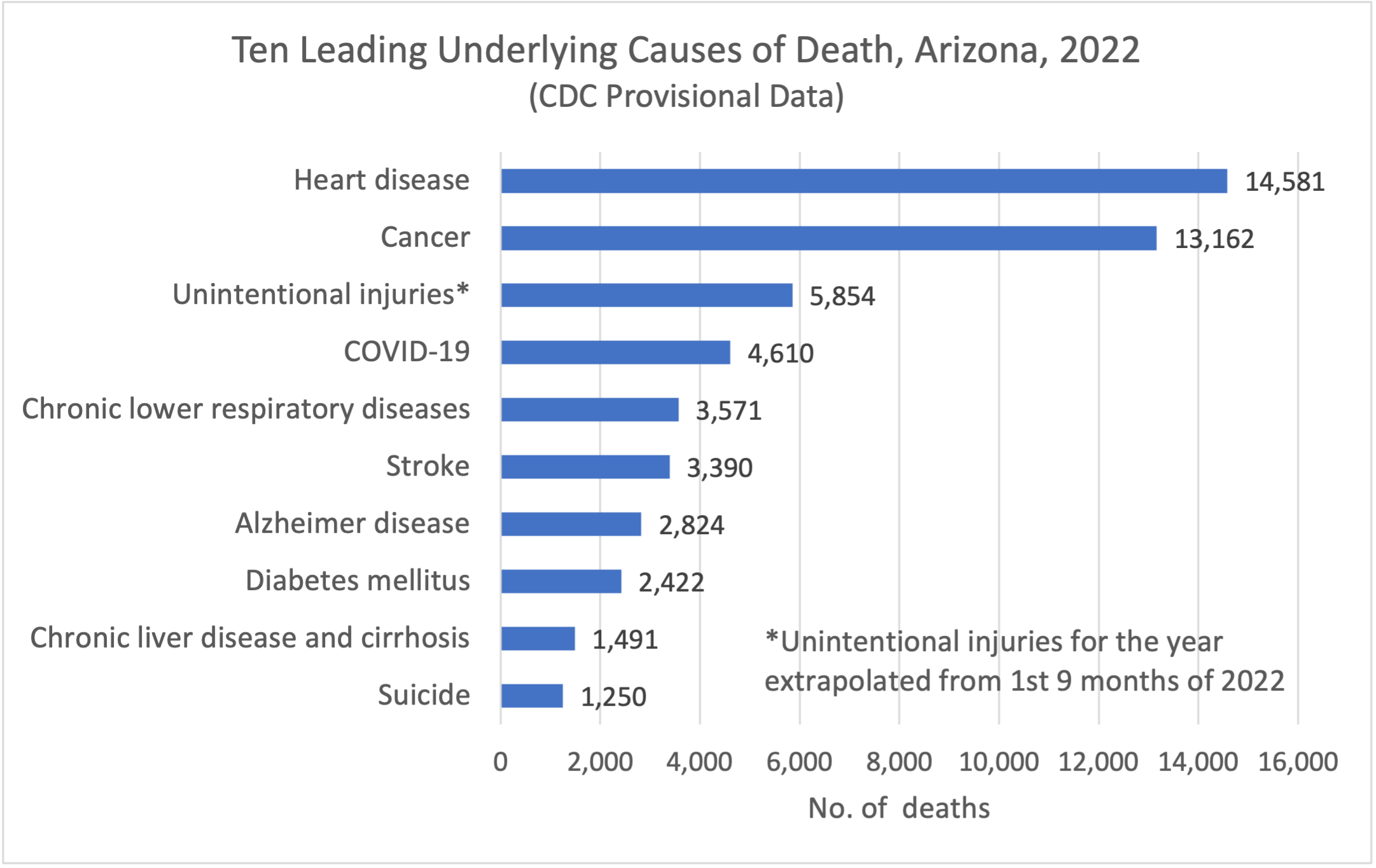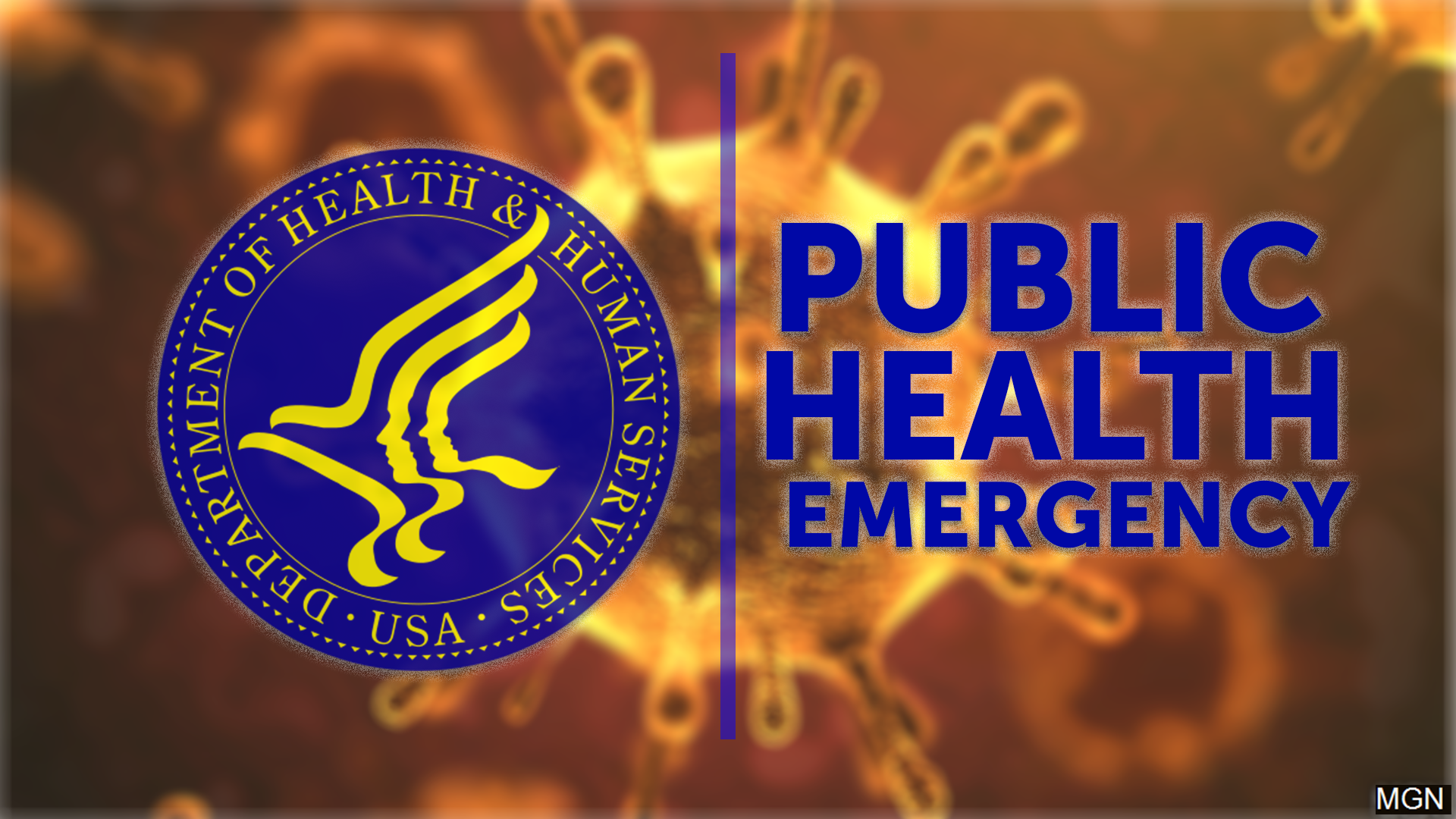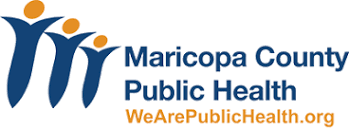No doubt you’ve heard about the massive fraud and human trafficking scheme that went on for the last several years in Arizona. Governor Hobbs & Attorney General Mayes led a press conference last week where they laid out the big picture of what they discovered had happened during the Ducey Administration.
Operators or associates of the sham healthcare centers picked up people who are unhoused, low-income, alone or intoxicated, and transported them to residential centers after promising to provide food, housing, and access to care. Perpetrators were mostly targeting Native Americans on reservations & in urban areas.
The bottom line is that operators of fraudulent sober living homes and residential behavioral health facilities have for years been raking in taxpayer dollars from AHCCCS by recruiting Native Americans to enter the facilities and billing for treatment that was never provided.
The fraud was made possible by a fee-for-service reimbursement mechanism inside AHCCCS’ American Indian Health Plan that allows providers to bill for services they say they provided rather than the more mainstream capitated system the rest of AHCCCS uses.
AHCCCS failed to either recognize that the fraud had been going on for years- or knew about the fraud but took little coordinated action. At the press conference Mayes said attorneys in the AG’s office during the Brnovich era had uncovered cases of abuse and raised concerns with AHCCCS but that Brnovich and Ducey didn’t uncover the full extent of the problems.
AHCCCS payouts for outpatient behavioral health services increased more than 10-fold from 2019 to 2022 – going from $53M in FY 2019 to $668M in 2022. How in the world claims could expand 1,000% in 3 years and not be flagged for scrutiny is dumbfounding – especially for an agency that has cost-containment literally in its name.
Perhaps Attorney General Mayes said it best: “I don’t think it is too much to say that this is one of the biggest scandals in the history of the state of Arizona… our office estimates that it is in the hundreds of millions of dollars – it could go higher than that”.
As an initial intervention, AHCCCS has suspended future payments to Medicaid 100 behavioral health providers because of the fraudulent billing activities. The Arizona Attorney General’s Healthcare Fraud and Abuse Section, the Federal Bureau of Investigation, the US Department of Health and Human Services, the US Attorney’s Office, and the Internal Revenue Service are also looking into this widespread and tragic disaster.
AHCCCS (now under new management) says the suspensions are the first step and that that this action is just the beginning of multi-agency investigations. They also announced some first step actions to prevent further fraud and trafficking like:
- Reviewing existing claims and setting specific rates for current billing that pay a percentage of the total billed amount instead of a standard rate;
- Creating a trend report of all providers registering for the at-risk provider types and closely monitoring any billing anomalies;
- Creating system reporting to flag concerning claims (volume, services per day, services for minors) for review prior to payment;
- Setting billing thresholds to deny claims for multiple services that should not be billed on the same day, and more; and
- Moving three behavioral health provider types to the high-risk category for new applicants and revalidating providers.
An ongoing and regularly updated list of registered providers subject to payment suspension or termination is posted on the AHCCCS Office of Inspector General Provider Suspensions web page. See more information in the Provider Payment Suspensions Fact Sheet.
As providers are terminated, there will no doubt be persons in both licensed and unlicensed sober living homes at risk of abandonment. AHCCCS is working to ensure persons who were receiving services but may no longer be getting them have a way to get back to where they want to be or into an alternative legitimate care setting. This will be a lot of work.
What is ADHS’ Role?
ADHS licenses sober living homes, behavioral health residential facilities, and outpatient clinics. They are responsible for ensuring that licensed facilities comply with ADHS licensing rules – which focus on health and safety.
ADHS doesn’t pay for services provided and isn’t involved in the billing, but they do have statutory authority to ensure patients are treated properly. It remains unclear what the ADHS licensing division discovered or did during the 2019-2022 time period when this massive fraud and human trafficking scheme flourished.
ADHS posted a couple of useful blogs last week that cover their responsibilities to license and regulate sober living homes and residential behavioral health facilities. Rather than paraphrase… it’s best to post a link so here goes: How we license facilities that provide substance abuse recovery resources – ADHS Blog








